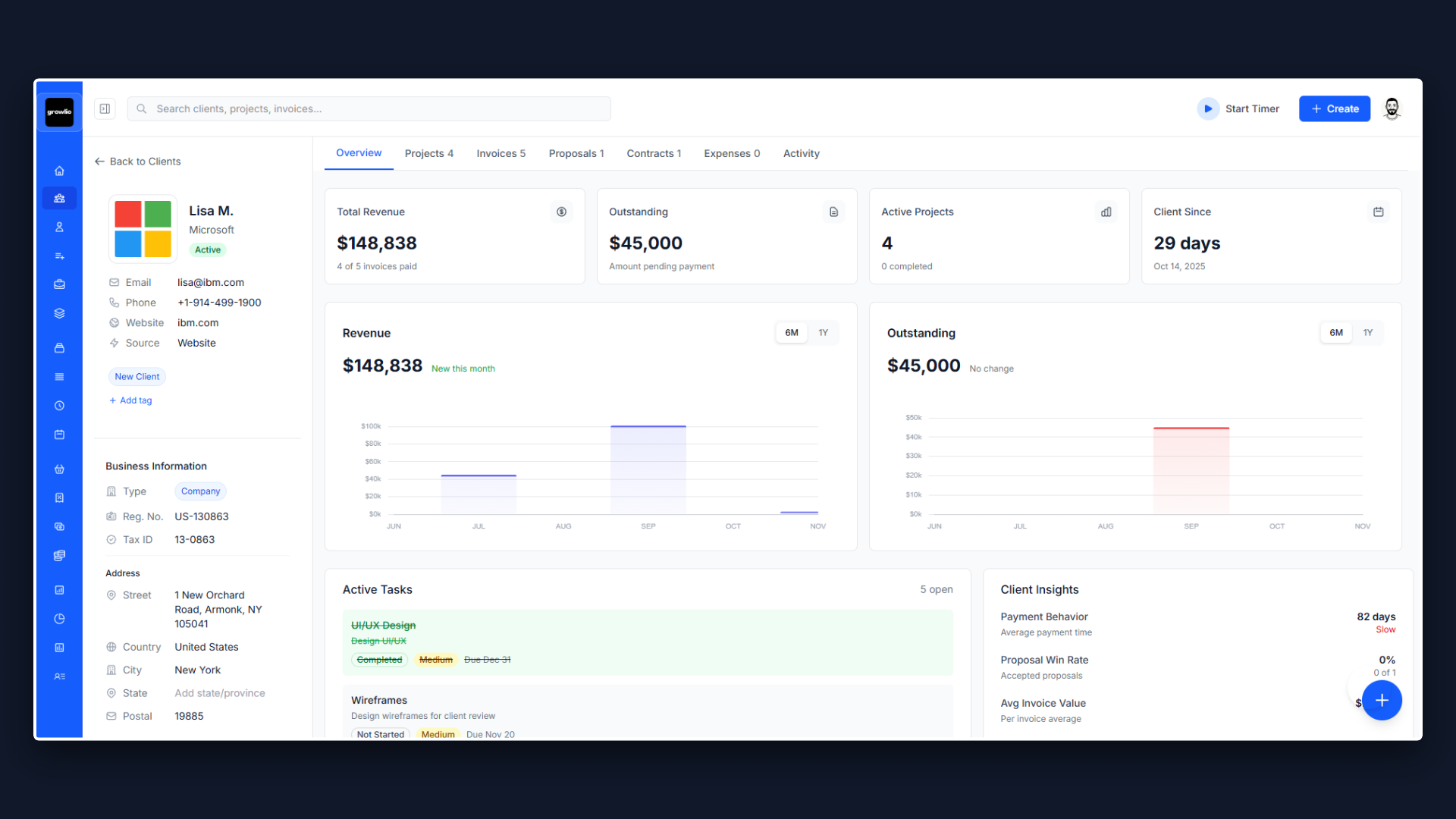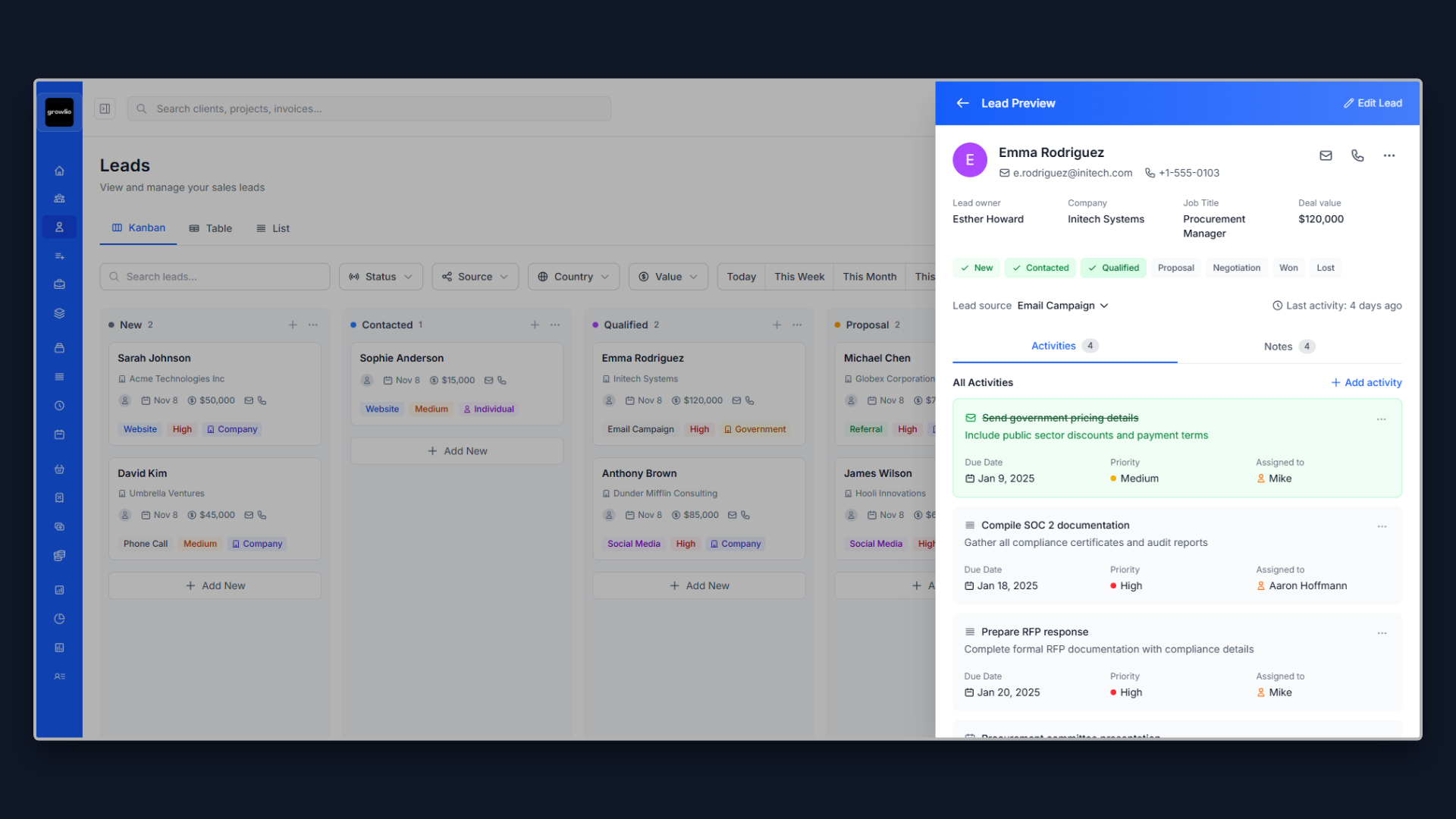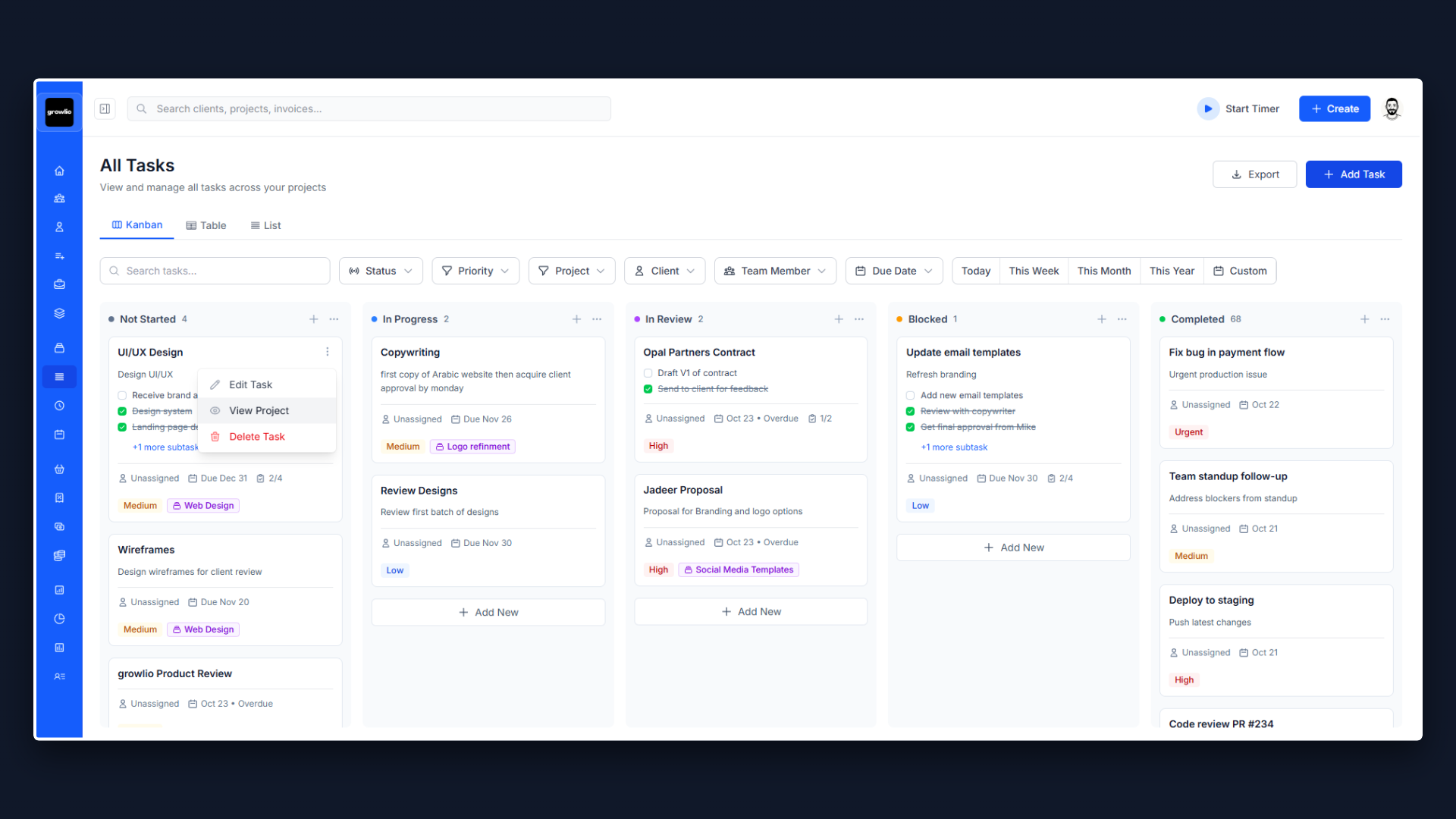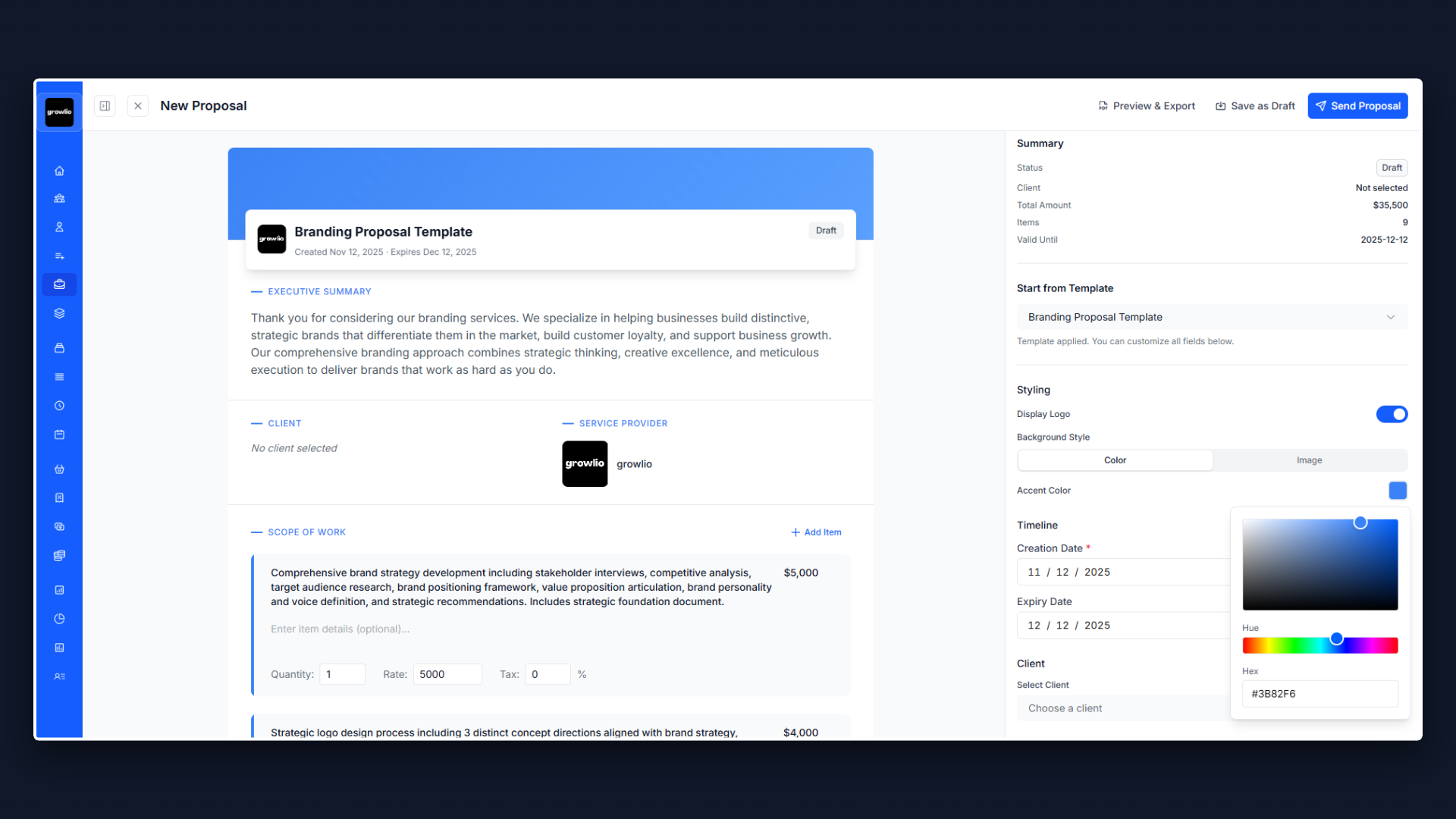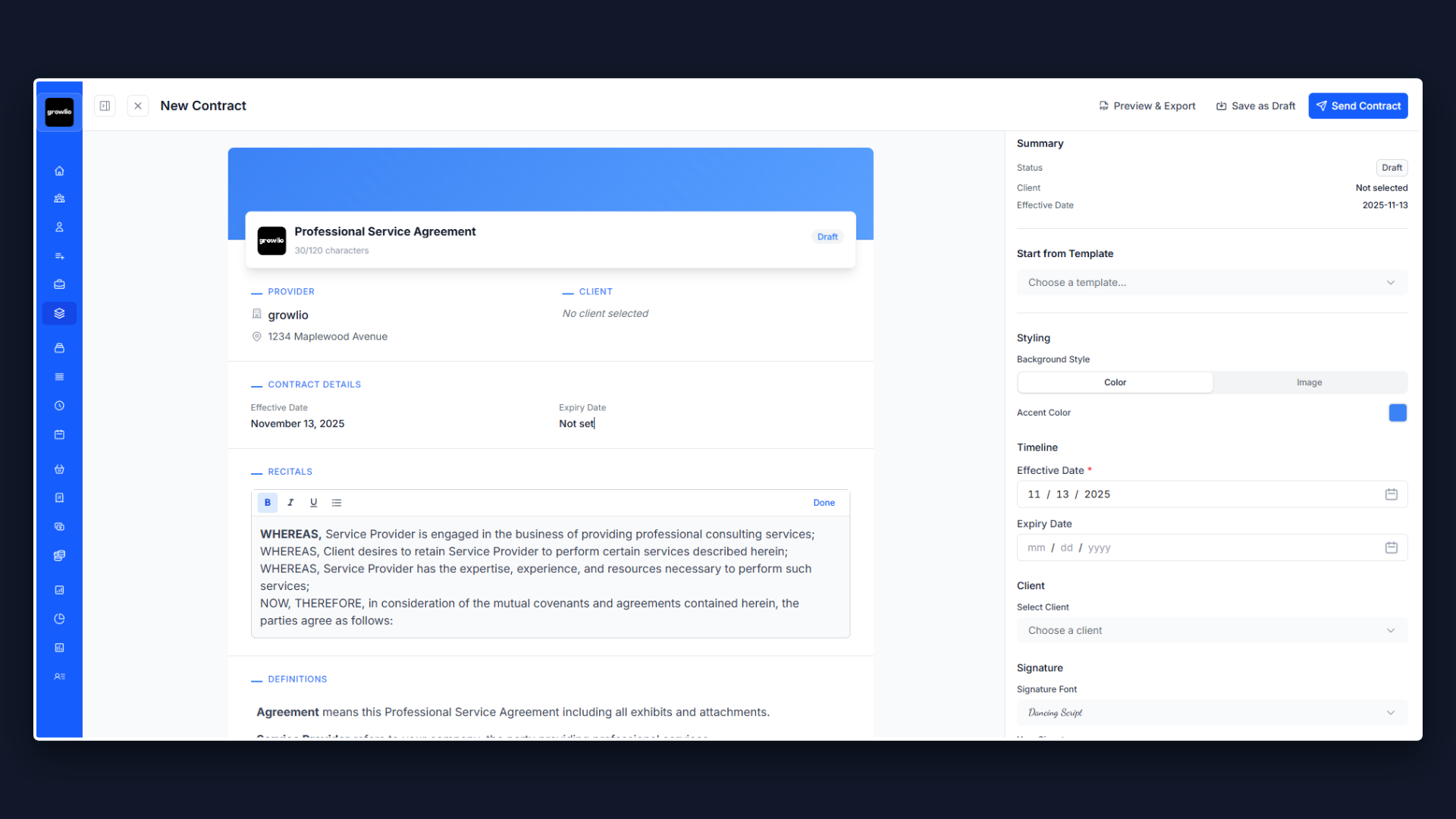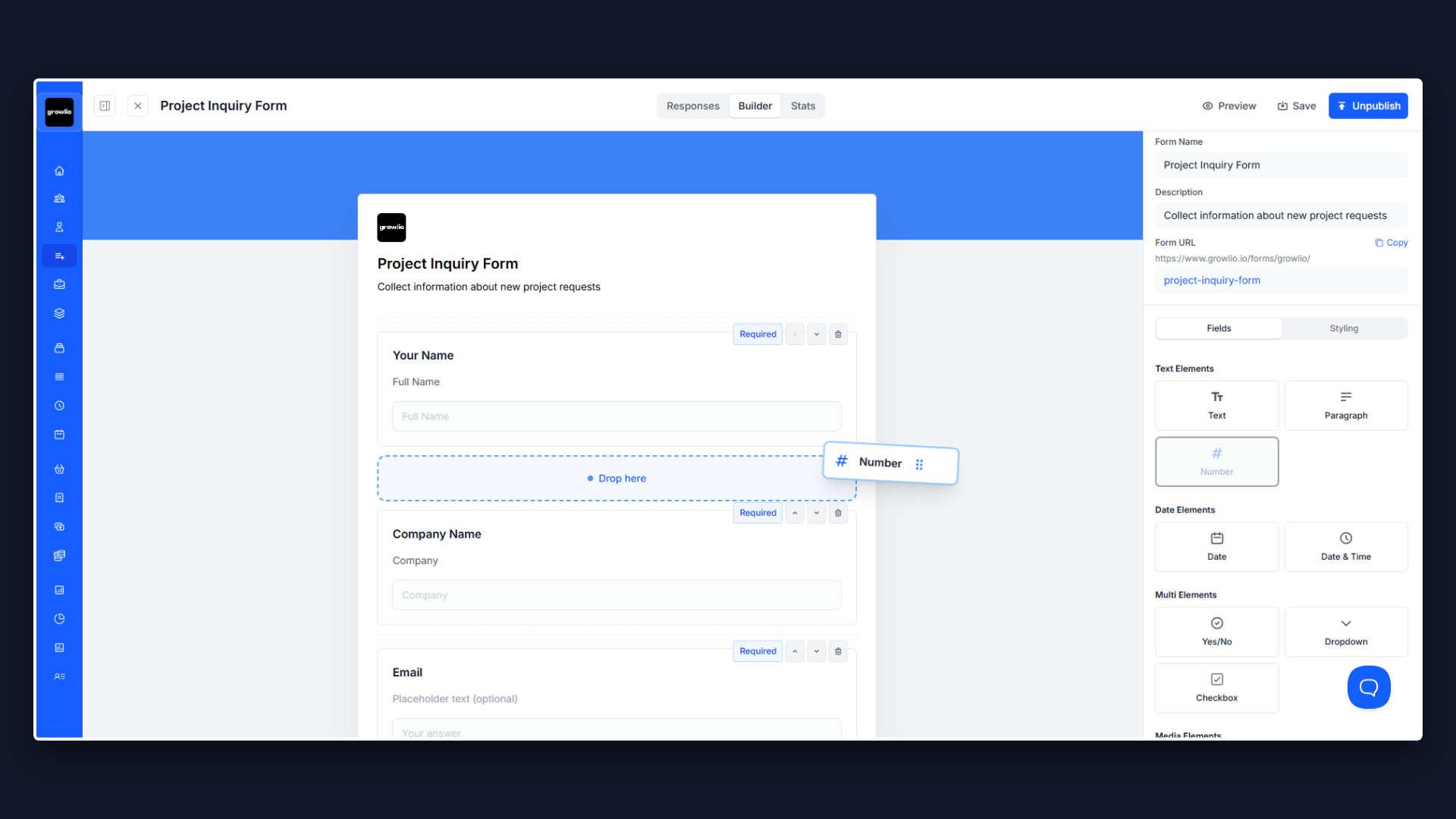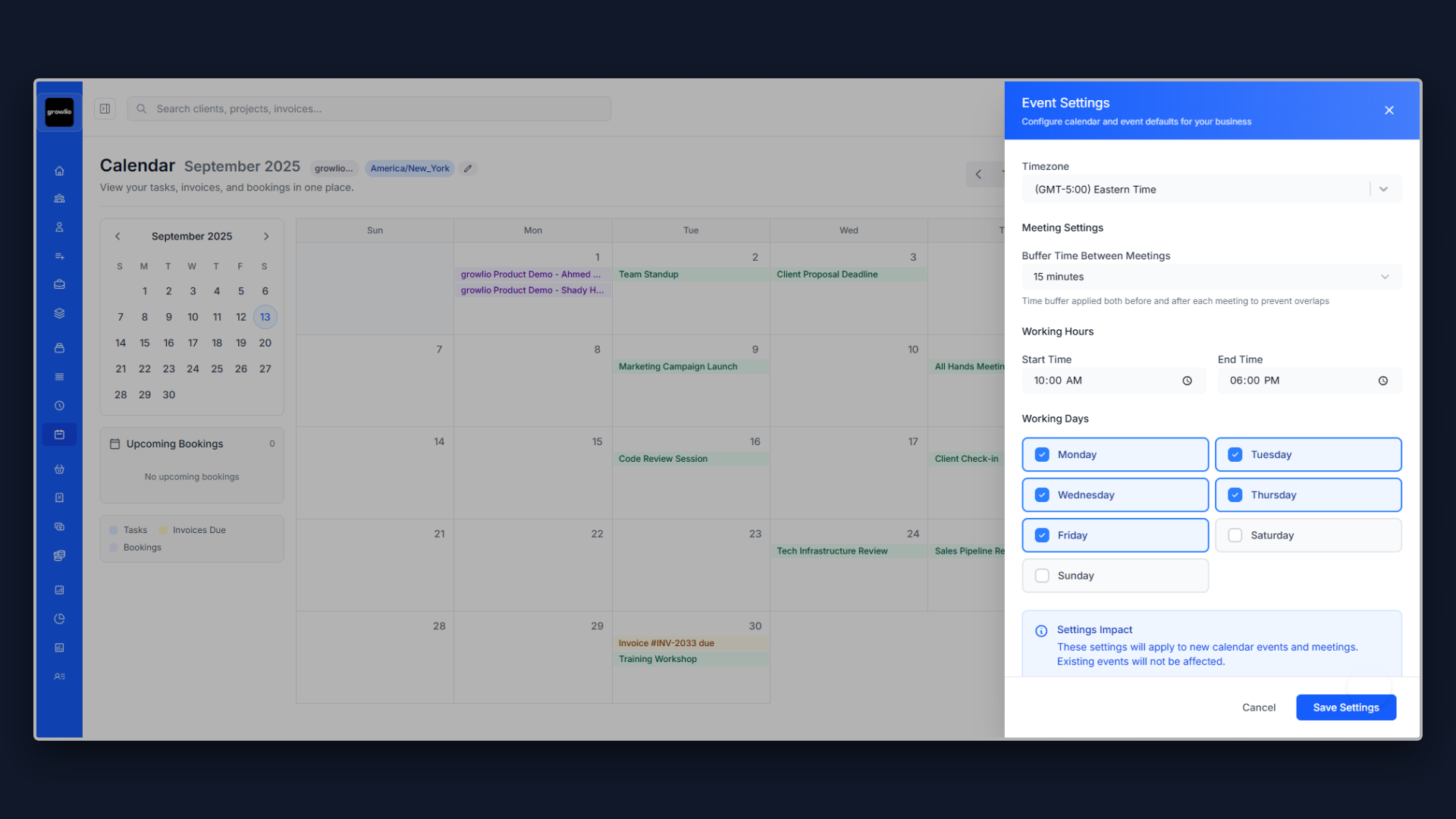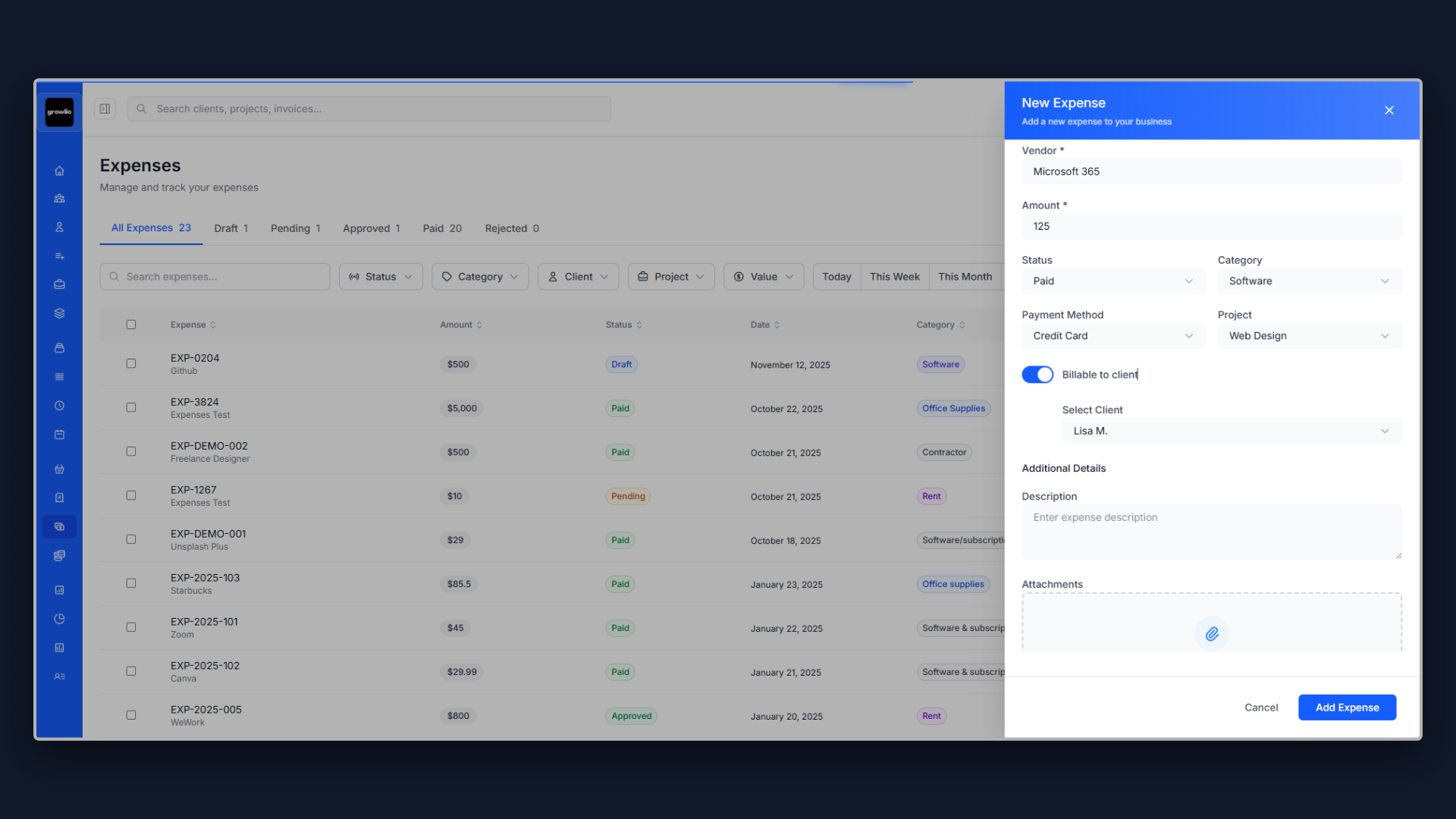Why Your Video Production Proposal Makes or Breaks Your Business
Here is what most video producers get wrong: they lead with their camera equipment, editing software, and impressive showreels. They talk about shooting in 4K or 6K, their color grading capabilities, and the number of corporate videos or commercials they have produced before understanding what the client needs the video to accomplish or who the audience is.
The result? Proposals that showcase technical capabilities but miss strategic objectives. Clients cannot differentiate between video producers because everyone shows cinematic footage and lists expensive gear. Price becomes the only decision factor. Projects deliver beautifully shot videos that do not achieve marketing goals or resonate with target audiences. And clients wonder why their expensive video production did not drive the engagement or conversions they expected.
A professional video production proposal does something different: it demonstrates you understand that video is not about technical specs or cinematic artistry, but about communicating messages that drive business results. It educates clients on why strategic planning, scripting for the audience, and understanding distribution channels matter more than camera resolution or lens choice. It sets realistic expectations about production timelines, revision limits, and usage rights.
This template gives you the exact framework to create proposals that win video production projects at profitable rates while ensuring videos serve the client's actual business and marketing objectives.
1. Start With Video Purpose and Audience, Not Production Capabilities
Before discussing your equipment, crew, or production style, understand what the video needs to accomplish and who needs to see it. Is this for brand awareness? Lead generation? Product explanation? Customer testimonials? Internal training? Social media engagement? Investor pitch? Each objective requires different creative approach, length, tone, and distribution strategy.
Your proposal should demonstrate you understand their context. Address strategic considerations: what specific action should viewers take after watching, who is the target audience and what resonates with them, where will video be distributed (website, social media, paid ads, events, email), what is the key message or story to communicate, what tone and style fits brand and audience, how video fits into broader marketing strategy, and what metrics will define success.
For example: "Your goal of generating qualified B2B leads requires an explainer video that clearly communicates your SaaS platform's value proposition within 90 seconds for LinkedIn paid advertising. Our research shows your target audience of operations managers responds to problem-solution narratives with real-world examples, not feature lists. The video must hook attention in first 3 seconds for paid social, include captions for sound-off viewing, and drive traffic to demo request landing page."
This approach shows you understand marketing strategy, not just video production technique.
2. Pre-Production Planning and Creative Development
Great videos are meticulously planned before cameras roll. Your proposal should position pre-production as the most critical phase, not just preparation overhead.
Detail pre-production activities: discovery and creative brief development, scriptwriting and narrative development, storyboarding or shot list creation, location scouting and securing, talent casting and booking, props and wardrobe coordination, shot planning and camera angles, lighting design and equipment planning, crew coordination and scheduling, and permits and insurance if needed.
Explain creative development process: concept ideation exploring multiple approaches, script drafting translating strategy into narrative, client review and revision of script, storyboarding visualizing key shots and sequences, style frame development showing look and feel, and final shot list detailing every planned shot.
Address why pre-production matters: unclear creative direction wastes expensive production time, poor scripts result in videos that do not communicate effectively, inadequate planning causes budget overruns and timeline delays, missed logistics (permits, locations, talent) derail shoots, and insufficient preparation compromises quality and requires reshoots.
Set expectations: pre-production takes 30-40% of project timeline, script revisions are normal and expected, some concepts prove infeasible requiring alternatives, client approval of script before production is essential, and time invested in planning prevents expensive production mistakes.
3. Scriptwriting and Narrative Structure
The script is the foundation of effective video. Your proposal should explain your scriptwriting approach and why professional scripts matter.
Outline scriptwriting process: developing core message and key points, structuring narrative with clear beginning-middle-end, writing for the ear not the eye (conversational versus written language), incorporating storytelling elements that engage emotionally, timing script to target video length, including calls-to-action strategically, and writing for specific distribution platform constraints.
Detail script considerations: hook that captures attention in first 5-10 seconds, problem-solution structure for explainer videos, testimonial authenticity for customer stories, balancing information with engagement, incorporating brand voice and messaging, planning for visual storytelling not just voiceover, and including specific shots or visuals in script.
Explain revision process: first draft based on creative brief, client feedback and revision, reading script aloud to test pacing and flow, revising for clarity and conciseness, final client approval before production, and limiting revisions to prevent scope creep.
Set expectations: good scripts take multiple drafts, cutting content is often necessary to meet length targets, scripts sound different when performed than when read, some improvisation during production improves authenticity, and script changes during production are expensive.
4. Production Planning and Logistics
Production day coordination makes or breaks video quality and budget. Your proposal should outline detailed logistics demonstrating professionalism.
Detail production logistics: location securing and preparing, equipment rental or confirmation, crew booking and call times, talent coordination and preparation, props and set dressing, catering and hospitality for crew and talent, parking and load-in logistics, backup equipment and contingency planning, and insurance and permits if needed.
Explain crew requirements: director managing creative execution, director of photography (DP) or cinematographer, camera operators, lighting technicians or gaffers, sound recordist for audio, production assistants for support, makeup and hair if needed, and talent wrangler if multiple subjects.
Address production timeline: setup and lighting before shooting, shot-by-shot schedule with time estimates, talent preparation and rehearsal time, breaks for crew and talent, buffer time for technical issues or creative adjustments, reviewing footage throughout day, teardown and location restoration, and total production day duration with overtime provisions.
Set expectations: production days are long and intensive, weather-dependent outdoor shoots need backup dates, some shots take longer than planned, talent performance varies requiring multiple takes, technical issues occasionally cause delays, and proper preparation minimizes but does not eliminate surprises.
5. Filming and Cinematography Approach
While clients should not choose producers based on gear, your proposal should demonstrate you have appropriate equipment and creative capabilities for their vision.
Outline cinematography approach: camera selection appropriate for deliverable quality, lens selection for desired aesthetic, camera movement (handheld, gimbal, slider, drone), shot composition and framing style, lighting approach matching tone and location, capturing multiple takes and angles for editing options, and monitoring footage quality throughout production.
Detail technical specifications: resolution (1080p, 4K, 6K) based on usage needs, frame rate (24fps cinematic, 30fps standard, 60fps or higher for slow motion), color bit depth for grading flexibility, codec and file format for post-production, aspect ratio for distribution platform (16:9 for YouTube, 1:1 or 9:16 for social), and audio recording quality and backup.
Explain creative choices: why specific camera movement serves storytelling, how lighting shapes mood and tone, why shot variety enables dynamic editing, importance of capturing B-roll footage, planning for cutaways and transitions, and balancing cinematic quality with authentic feel.
Set expectations: higher resolution increases file sizes and editing time, some creative shots take longer to execute, lighting quality dramatically impacts production value, proper audio capture is critical and cannot be fixed in post, and backup footage provides editing options.
6. Audio Production and Sound Design
Poor audio ruins otherwise great video. Your proposal should address audio as equally important to visuals, not secondary consideration.
Detail audio capture: professional microphone selection (lavalier, shotgun, boom), redundant audio recording as backup, monitoring audio levels throughout production, capturing clean room tone for editing, recording on-location sound effects if needed, and ensuring quiet environment for dialogue recording.
Explain sound design elements: dialogue editing and cleanup removing noise and mouth sounds, music selection matching tone and emotion, sound effects adding realism and impact, voiceover recording if needed, mixing all elements for balanced audio, and mastering for different distribution platforms.
Address music considerations: licensed stock music from libraries (Epidemic Sound, Artlist, AudioJungle), original music composition for unique sound, ensuring proper licensing for commercial use, music style matching video tone, and avoiding copyright issues with unlicensed music.
Set expectations: professional audio distinguishes amateur from professional video, poor location sound may require ADR (automated dialogue replacement), music licensing adds cost but prevents copyright issues, sound design takes significant post-production time, and different platforms have different audio specifications.
7. Post-Production Editing and Assembly
Editing transforms raw footage into compelling story. Your proposal should outline editing process and creative approach.
Detail editing workflow: organizing and reviewing all footage, selecting best takes and performances, assembling rough cut following script and storyboard, adding B-roll and cutaways for visual interest, pacing and timing for engagement, incorporating graphics and titles, refining transitions and flow, and client review of rough cut before finishing.
Explain editing approach: story-driven editing serving narrative not showcasing technique, pacing appropriate for platform and audience, strategic use of B-roll maintaining visual interest, transitions that feel natural not distracting, on-screen text and graphics reinforcing key messages, and incorporating brand elements and style.
Address editing considerations: balancing information density with watchability, cutting content to meet target length, maintaining viewer attention throughout, building to call-to-action, optimizing for sound-off viewing on social platforms, and creating multiple edits for different platforms if needed.
Set expectations: rough cut will feel unpolished and incomplete, editing takes 2-3 hours per finished minute for professional quality, client feedback on rough cut drives refinement, major changes to story structure in post are expensive and time-consuming, and good editing is invisible not flashy.
8. Motion Graphics, Animation, and Visual Effects
Graphics and animation enhance storytelling and brand consistency. Your proposal should clarify what is included versus additional services.
Detail motion graphics services: animated logos and brand elements, lower thirds and name graphics, data visualization and infographics, animated text and typography, transitions and effects, simple animations explaining concepts, and end cards with calls-to-action.
Explain animation approach: style matching brand guidelines, animation complexity level (simple kinetic text versus complex character animation), integration with live footage, timing animations for impact and readability, and maintaining consistent visual language.
Address visual effects needs: color correction and grading, background removal or replacement (green screen), compositing multiple elements, simple cleanup (removing objects, wires, etc.), stabilization and motion tracking, and any special visual effects.
Set expectations: complex animations require significant time and increase costs, animation style should be determined in pre-production, changes to completed animations are expensive, some effects require specific production techniques (green screen setup), and animation can extend post-production timeline significantly.
9. Color Grading and Visual Polish
Color grading elevates video from good to great. Your proposal should explain color grading approach and importance.
Outline color grading process: color correction ensuring consistency across shots, exposure and white balance refinement, creative color grading establishing visual style, matching brand color guidelines if specified, creating mood through color temperature and tones, ensuring consistency across entire video, and optimizing color for different display types.
Detail grading considerations: naturalistic versus stylized look, warm versus cool color palette, high contrast versus flat, desaturated versus vibrant, cinematic versus broadcast look, and ensuring colors reproduce correctly across devices.
Explain technical aspects: working in professional color space, monitoring on calibrated displays, exporting in appropriate color space for delivery, creating looks that work in compressed web video, and maintaining skin tone accuracy.
Set expectations: color grading is creative process requiring multiple iterations, client monitors may show colors differently than graded master, extreme grading can introduce artifacts, color grading takes 1-2 hours per finished minute, and professional grading separates high-end production from basic work.
10. Revisions, Approvals, and Change Management
Unlimited revisions are unsustainable. Your proposal should clearly define revision policy and approval process.
Outline revision policy: client review and approval at key milestones (script, rough cut, final cut), one or two revision rounds included in pricing, revisions must be consolidated feedback not piecemeal requests, significant changes beyond revisions priced separately, and final delivery after client sign-off.
Define revision types: minor edits (timing tweaks, text changes, music adjustment) versus major changes (restructuring, reshooting, script changes), distinguishing client preference changes from correcting errors, timeline for submitting revision requests, and approval requirements before proceeding to next phase.
Address scope creep: changes to approved script during production require additional fees, requesting additional footage not in shot list requires reshoot fees, major narrative changes in editing require additional editing time, and adding deliverables or versions beyond agreed scope priced separately.
Set expectations: revision limits protect project timeline and budget, consolidated feedback at milestones is more efficient than continuous small changes, some requests require additional production or animation time, approval at each phase prevents expensive late-stage changes, and changes made after final approval incur additional fees.
11. Deliverables, Formats, and Distribution Optimization
Different platforms require different video specifications. Your proposal should detail deliverable formats and optimization.
Outline deliverable specifications: master file in highest quality (4K ProRes or similar), web-optimized files for website and streaming, social media optimized versions (YouTube, Instagram, LinkedIn, TikTok), vertical and square crops for social platforms if needed, thumbnail images for video players, caption files or burned-in subtitles, and raw footage as add-on option.
Detail platform optimization: YouTube (1920x1080 or 4K, 16:9, H.264), Instagram feed (1080x1080 square), Instagram Stories/Reels (1080x1920 vertical), LinkedIn (1920x1080, captions recommended), Facebook (1280x720 minimum), TikTok (1080x1920 vertical), and website embed optimization for fast loading.
Address delivery method: online delivery via cloud storage or file transfer, organized folder structure for different versions, file naming conventions for easy identification, delivery timeline from final approval, and how long files are stored before deletion.
Set expectations: creating multiple format versions adds time to delivery, platform requirements evolve requiring occasional adjustments, client is responsible for file storage after delivery period, additional format requests after delivery may incur fees, and proper optimization ensures best performance on each platform.
12. Usage Rights, Licensing, and Ongoing Utilization
Usage rights for video are complex and must be clearly defined. Your proposal must address licensing to prevent disputes.
Explain licensing models: full buyout transferring all rights (highest price), limited license for specific uses and duration (standard commercial), excluding or including talent usage rights, music and stock footage licensing passing through to client, and perpetual versus time-limited usage.
Detail usage specifications: media types (web, social, broadcast, paid advertising), geographic territory (local, national, international), duration (1 year, 3 years, perpetual), exclusivity provisions, and whether sublicensing to third parties is permitted.
Address talent releases and music licensing: obtaining signed talent releases for commercial use, talent usage rights for specific media and duration, music licensing covering agreed usage (synchronization license), stock footage and image licensing, and ensuring all elements are properly licensed for client use.
Set expectations: broader usage rights increase pricing significantly, broadcast and paid advertising usage costs more than web-only, talent may require residual payments for extended usage, music licensing for broadcast or national campaigns is expensive, usage beyond agreed terms requires additional payment, and producer typically retains copyright while granting usage license.
Position ongoing relationship: repurposing existing footage into new edits, creating updated versions for new campaigns, producing additional videos in series, annual retainer for continuous video content needs, and leveraging existing assets for cost efficiency.
